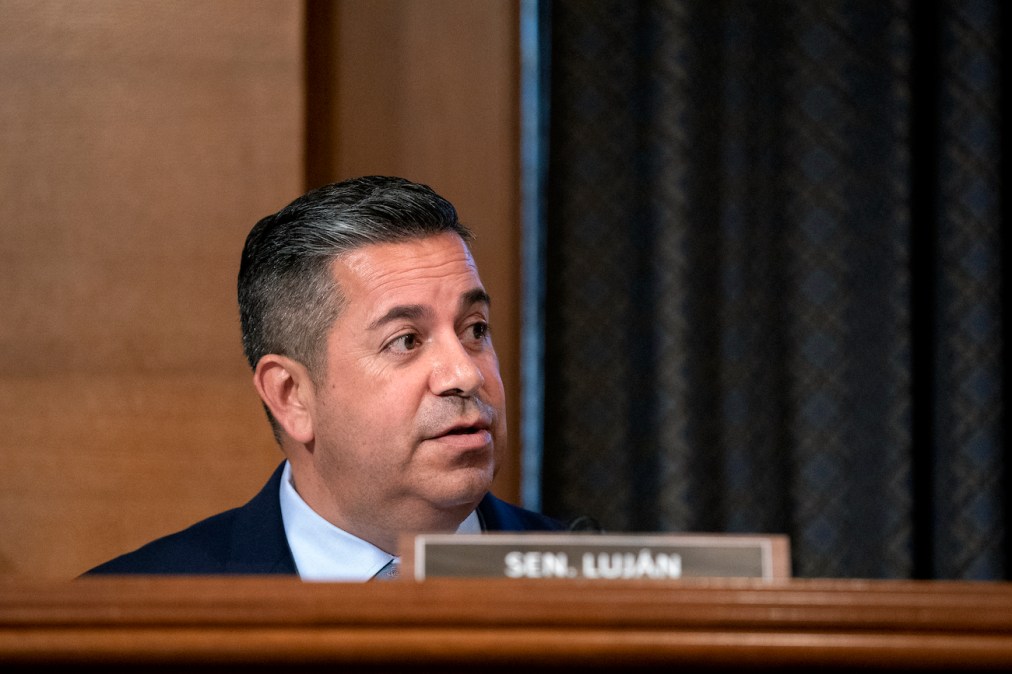Senate lawmakers identify AI as potential solution for combating robocalls, scams

Senate lawmakers are considering how generative artificial intelligence may be used to protect consumers from illegal robocalls and robotexts that also use AI.
Members of the Senate Commerce, Science and Transportation Subcommittee on Communications, Media and Broadband agreed that the Federal Communications Commission and the Department of Justice are not doing enough to protect consumers from robocall scams. And witnesses during the Tuesday hearing pointed to the DOJ specifically for failing to pursue cases that violate the Telephone Consumer Protection Act.
Much of the questioning from Sens. Ben Ray Luján, D-N.M. and J.D. Vance, R-Ohio centered on the use of large language AI models to aid the FCC’s robocall mitigation database, which houses telephone providers’ caller ID verification system, or telecoms’ plans to address illegal robocalls. Last week, the FCC found 20 submissions that were not compliant with their rules; one company had submitted a blank piece of paper as their plan.
“Part of the reason these scammers are so effective in tricking consumers and evading enforcement is that the technology is constantly evolving,” Luján said. “Automated robocalls and robotexts are using chatbots and generative artificial intelligence to impersonate a real, live person, lulling the recipient into a false sense of security by mimicking voices and mannerisms.”
Luján and Vance agreed on the potential to use AI to assist in protecting consumers against robocall scams and address noncompliance with the FCC. Luján cited a Monday filing from the FCC, in which Chairwoman Jessica Rosenworcel unveiled an inquiry into how AI might fit into agency responsibilities for the TCPA in order to prevent robocalls and robotexts.
The senators, meanwhile, asked witnesses to provide suggestions on how AI can be used to prevent robocalls.
“One of the suggestions I had earlier was to use a large language model to go through robocall mitigation database filings and toss out all the ones that are junk,” Mike Rudolph, chief technology officer at YouMail, said in response to Luján’s question. “So LLMs can be trained pretty quickly to synthesize that data and understand the intent.”
The AI discussed by lawmakers and witnesses that would be used to protect against robocalls and texts is different from the generative AI that bad actors often use to scam citizens. Sen. Amy Klobuchar, D-Minn., shared a story about a family that avoided a robocall scam featuring an impersonation of their Marine son, who was deployed during that time.
Rudolph said that voice service providers are continuing to use technology to identify these specific scams, assuring lawmakers that VSPs “take protecting their customers very seriously.”
In addition to the exploration of AI to combat robocalls, Megan Brown, a U.S. Chamber of Commerce representative and partner at Wiley Rein, recommended that Congress incentivize the DOJ to pursue fines and punishments for reported violations against the TCPA.
Congress should urge the DOJ “to make enforcement a priority by acting aggressively on referrals it gets from the FCC and represent its own cases directly,” Brown said. “As a former DOJ official, I think it’s a missed opportunity for them.”




